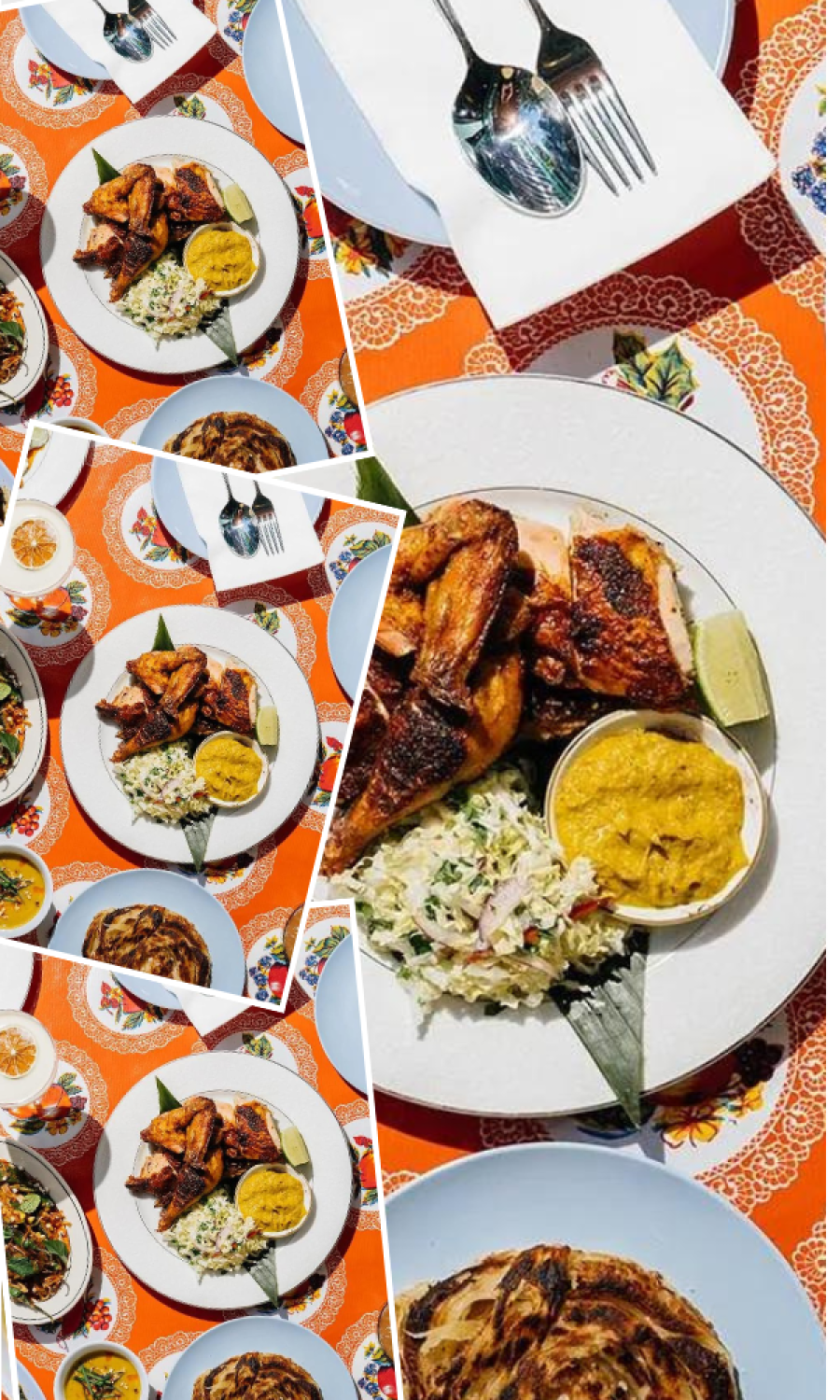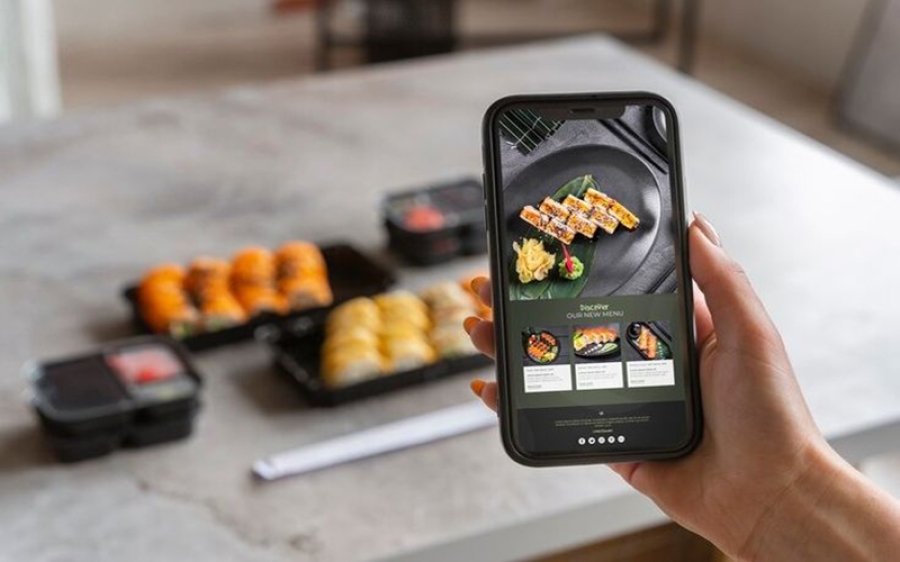The Potential of QR Codes in Restaurants: Innovative Uses and Sustainable Solutions
In the fast-paced restaurant industry, where customer preferences are constantly changing and operational efficiency is crucial, businesses are always on the lookout for innovative ways to enhance the dining experience. One technology that has emerged as a game-changer in recent years is the QR Code. Far from being a relic of the early internet era, QR Codes are undergoing a renaissance, offering restaurants a myriad of opportunities to improve their services, engage customers, and promote sustainability. This article delves into the most common and effective ways restaurants are leveraging QR Codes to bridge the gap between the physical and digital dining experience.
Digital Menus: Elevating the Dining Experience
Imagine walking into a restaurant and instead of being handed a traditional paper menu, you are invited to scan a sleek QR Code on the table. Scanning this code transports you to a digital menu filled with detailed descriptions, high-quality images, and even videos of the dishes. This innovative approach not only makes the menu more visually appealing but also enhances the dining experience by providing customers with instant access to valuable information. It's a win-win for both restaurants and customers, fostering a sense of modernity and promoting transparency.
Streamlined Payment Processing
In an era where contactless payments are increasingly preferred, QR Codes offer a seamless and secure way for restaurants to handle transactions. By integrating QR Codes into their payment systems, restaurants can eliminate the need for bulky POS terminals and reduce the risk of cash handling. Customers can simply scan a QR Code to complete their payment, whether they’re dining in or ordering takeout. This not only simplifies the payment process but also enhances the overall customer experience, making it quicker and more convenient.
Dynamic Promotions: Engaging Customers Without Waste
Traditional promotional materials like flyers and posters can be costly and cumbersome to manage, especially for restaurants with frequent menu changes or seasonal offers. QR Codes provide a sustainable solution to this problem. By displaying a QR Code that leads to digital promotions or special offers, restaurants can update their messaging in real-time without generating unnecessary waste. This approach not only saves resources but also keeps promotions fresh and engaging for customers.
Enhanced Customer Engagement
In the realm of customer engagement, QR Codes serve as a bridge between digital and physical dining experiences, enabling restaurants to create interactive and engaging campaigns. From social media posts that lead to special discounts to QR Codes on table tents that link to loyalty programs, restaurants can leverage these codes to drive traffic, generate interest, and ultimately convert visitors into loyal customers. Moreover, the ability to track QR Code scans provides valuable insights into customer behavior, allowing restaurants to tailor their marketing strategies for maximum impact.
Sustainability and Hygiene
The adoption of QR Codes also supports sustainability and hygiene. By replacing traditional paper menus with digital ones accessible via QR Codes, restaurants can significantly reduce paper waste. This shift not only contributes to environmental conservation but also aligns with health and safety protocols by minimizing physical contact. Digital menus can be easily updated without the need for reprinting, ensuring that all information remains current and accurate.
Conclusion
The resurgence of QR Codes in the restaurant industry is a testament to their versatility and potential for innovation. By adopting QR Codes, restaurants can enhance their services, engage customers in new and exciting ways, and contribute to a more sustainable future. As technology continues to evolve, the possibilities for QR Codes in restaurants are limitless, promising to reshape the industry in unexpected and exciting ways.








